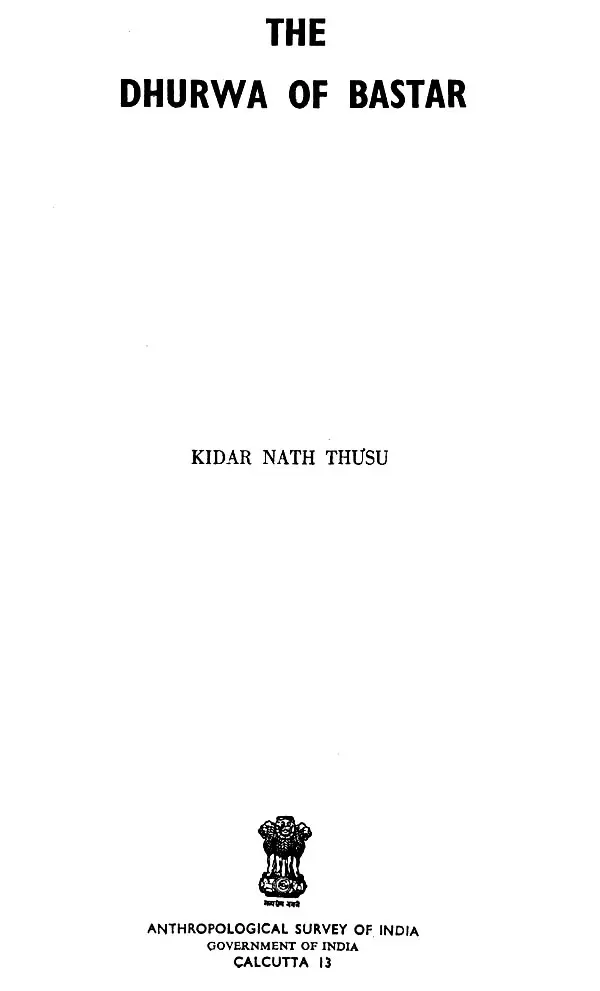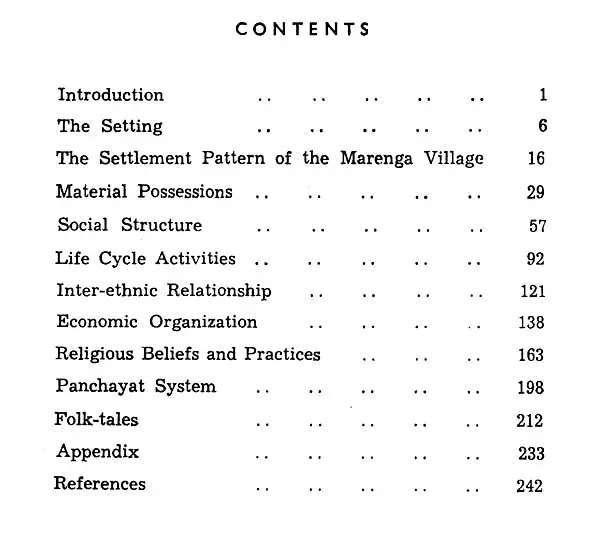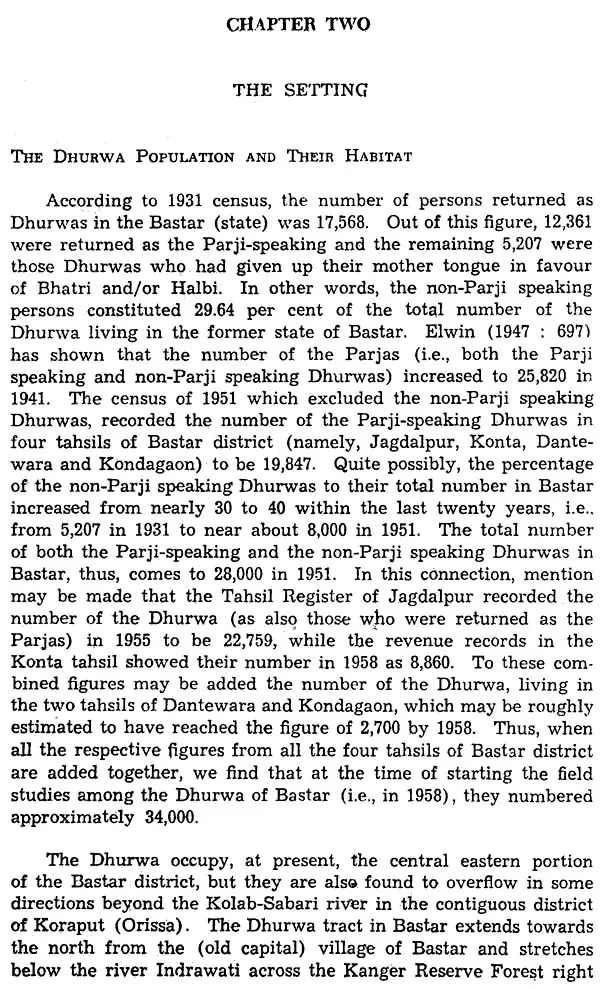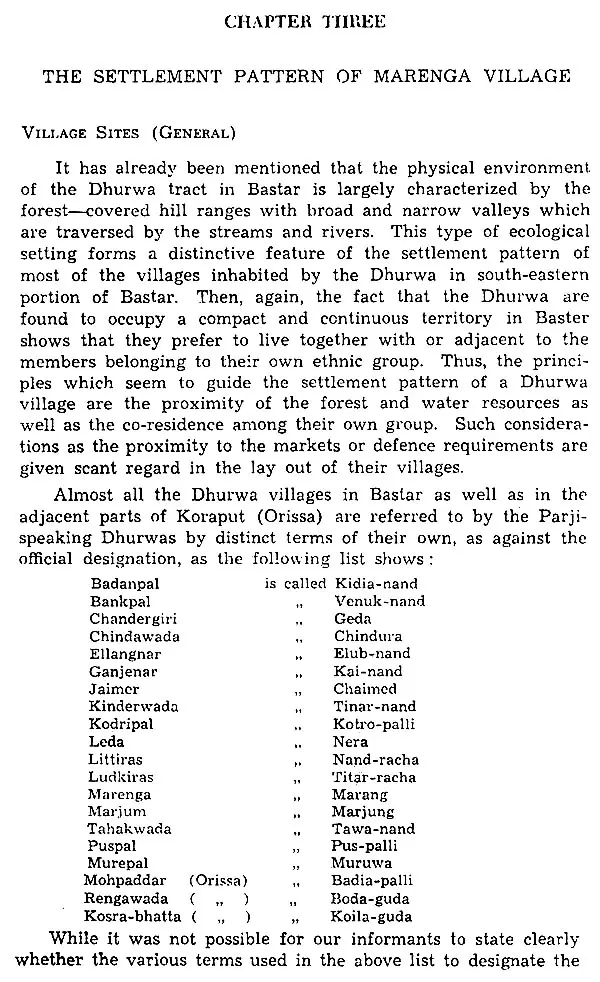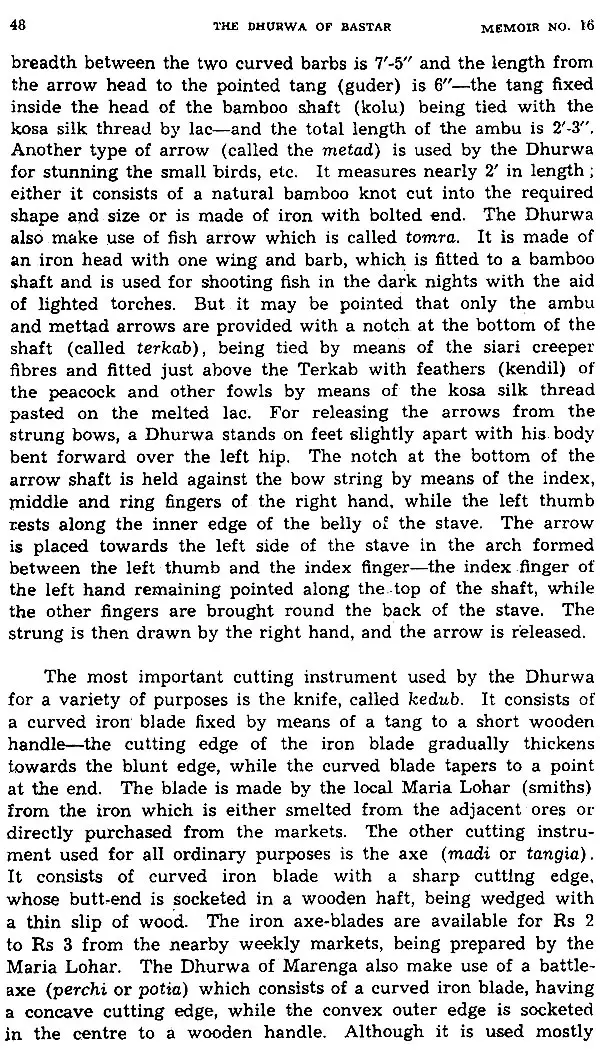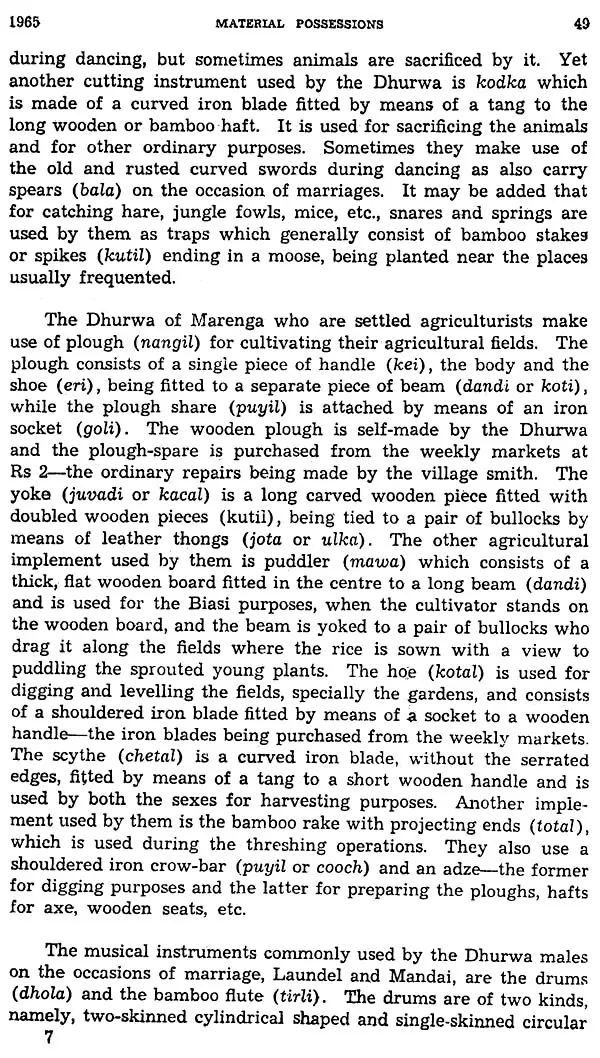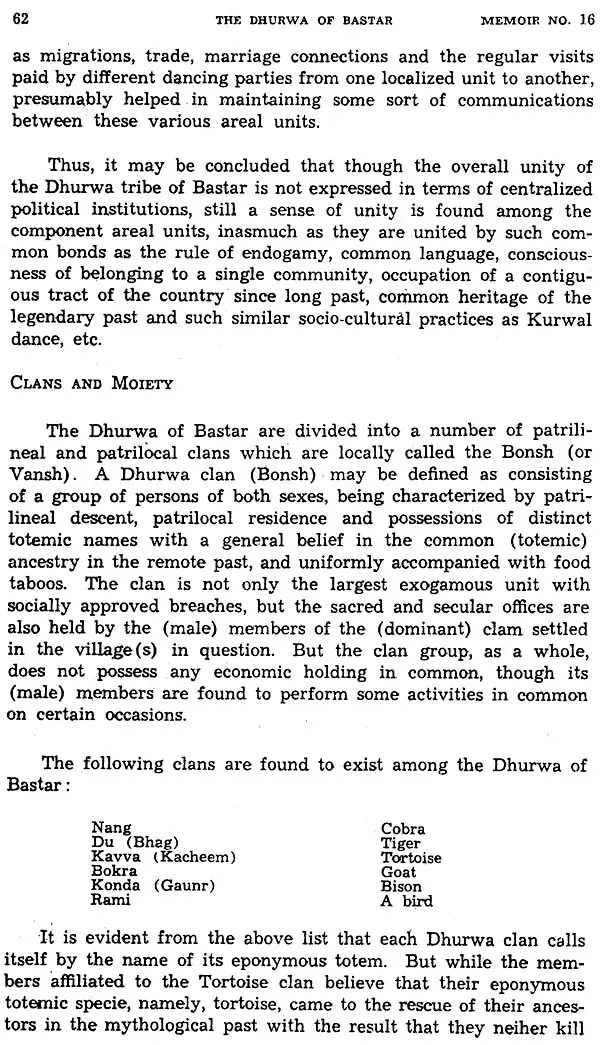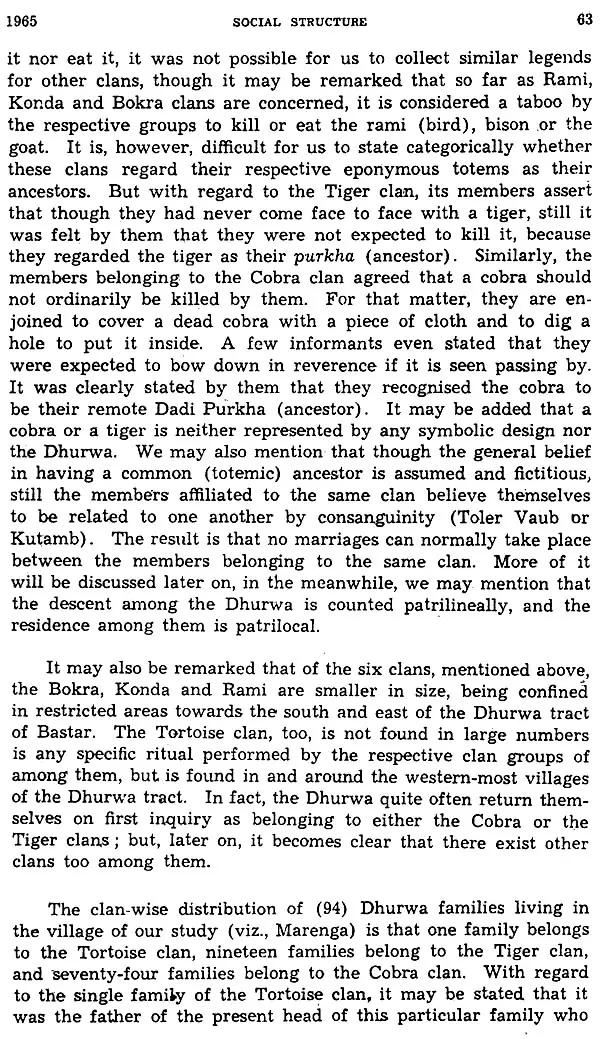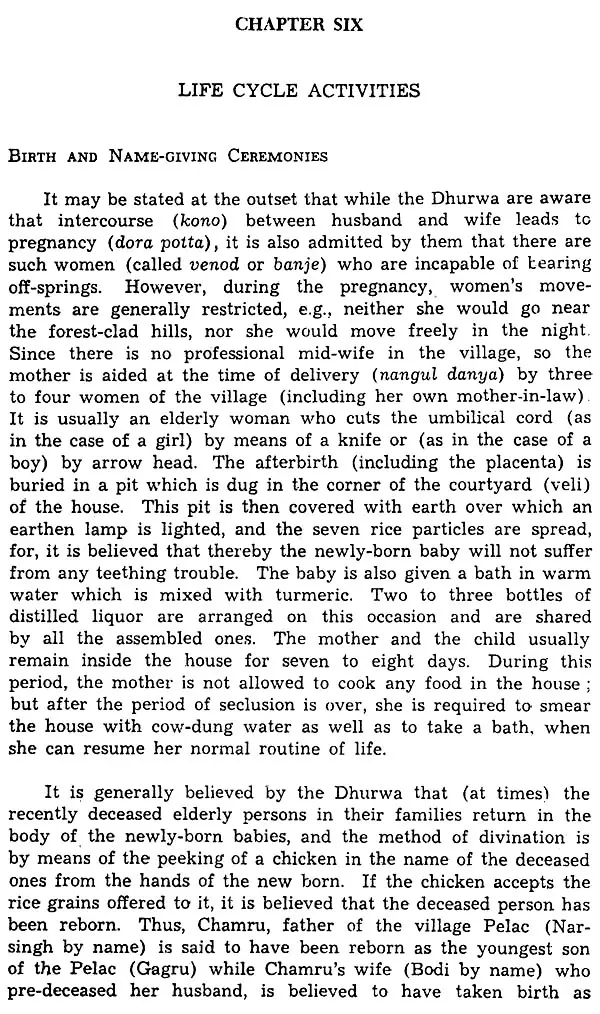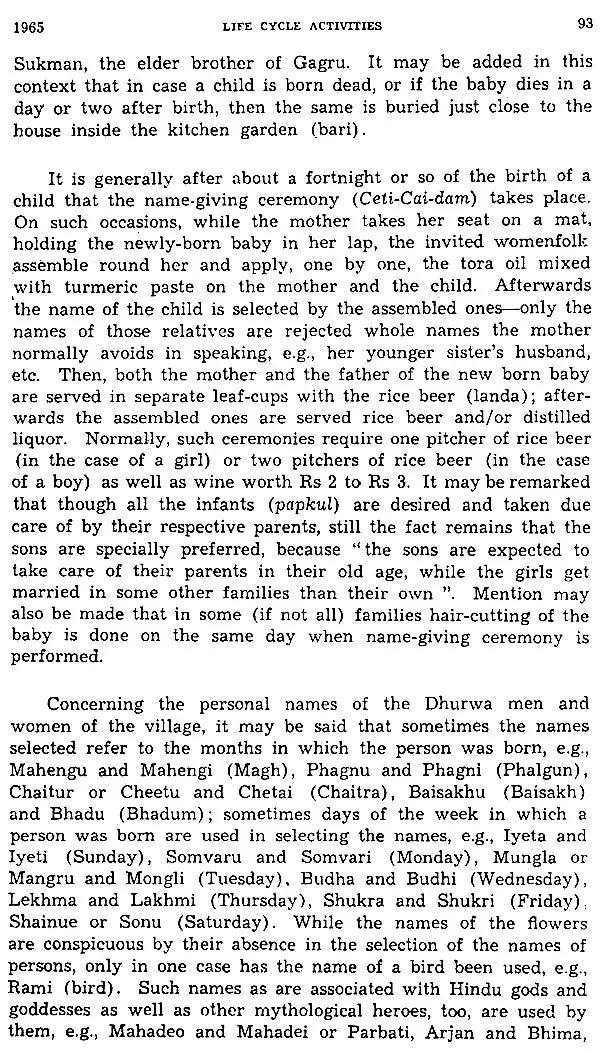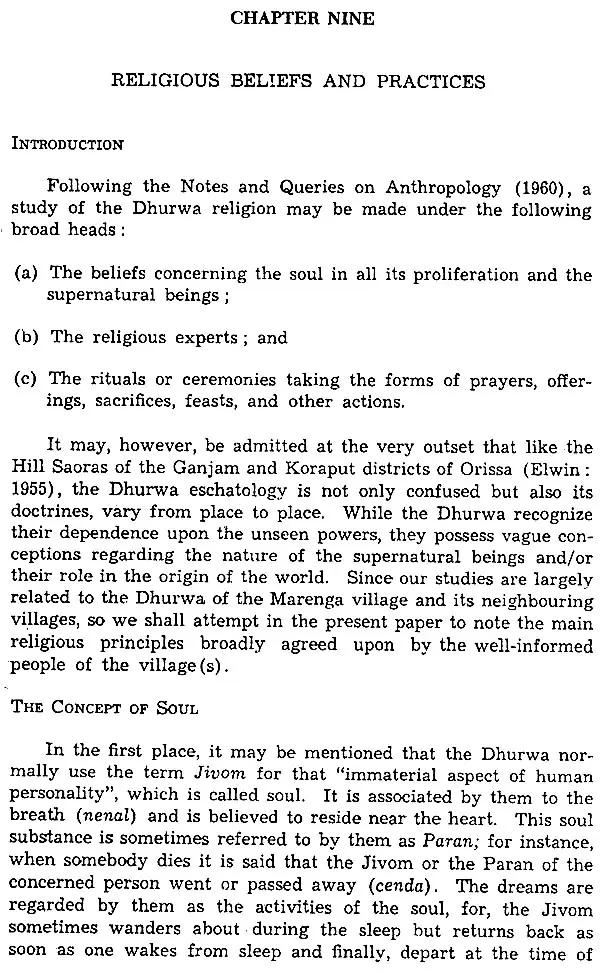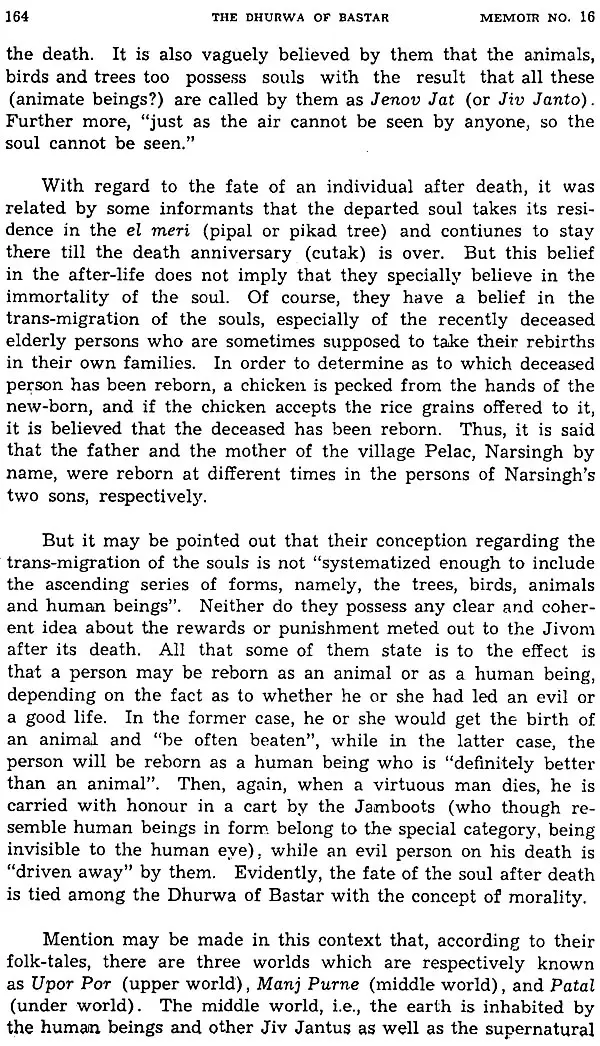
The Dhurwa of Bastar
Book Specification
| Item Code: | UBF165 |
| Author: | Kidar Nath Thusu |
| Publisher: | Anthropological Survey of India, Kolkata |
| Language: | English |
| Edition: | 1968 |
| Pages: | 247 |
| Cover: | HARDCOVER |
| Other Details | 10.00 X 6.50 inch |
| Weight | 610 gm |
Book Description
The district of Bastar in Madhya Pradesh is one of those regions in Central India, which serves as the meeting place of the North and South India linguistically, historically and culturally; what is more, the different tribal groups who constitute nearly threefourths of the district population have remained, comparatively speaking, less exposed to outside influences. According to 1961 census, it contained an area of 15,124 sq. miles. and the Scheduled Tribes numbering 8,43,749 formed 72 per cent of the population of the district. Prior to its integration with Madhya Pradesh State in 1948, however, the district of Bastar consisted of the two feudatory states of Kanker and Bastar. The former state of Bastar lying to the south of the Chatisgarh plains contained (according to 1931 census) an area of 13,062 sq. miles with the primitive tribes forming 73 per cent of the population of the state, being ruled since the early 15th century by the Kakatiya rulers who are said to have migrated from Warangal (Andhra) due to the Muslim invasions.
The monographic studies on the Scheduled (or the so called primitive) Tribes in Bastar were undertaken by the Central India Station of the Anthropological Survey of India, Nagpur, with the main objective to grasp the range of variation in cultural forms due to ethnic and other significant factors. It was also contemplated to compare, later on, the important tribes dwelling in Bastar in order to ascertain the social, cultural and linguistic distance among them. Before actually undertaking the field studies on the respective tribes of Bastar, we made a comprehensive study of the Dussehra festival at Jagdalpur, the capital city of Bastar, in a field party in September-October, 1957 under the guidance of Dr. S. Sinha, then attached to the Central India Station, Nagpur.
**Contents and Sample Pages**
